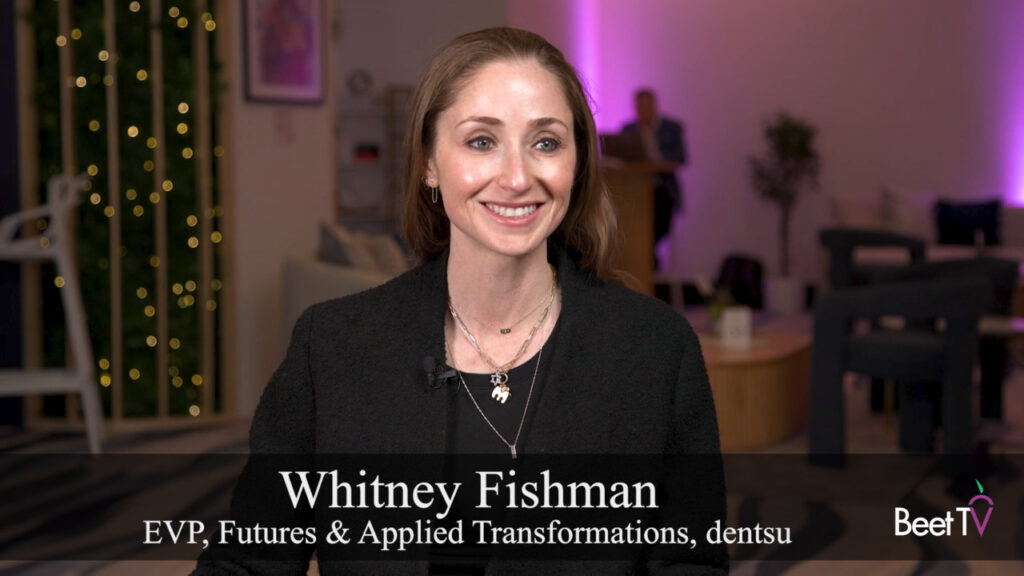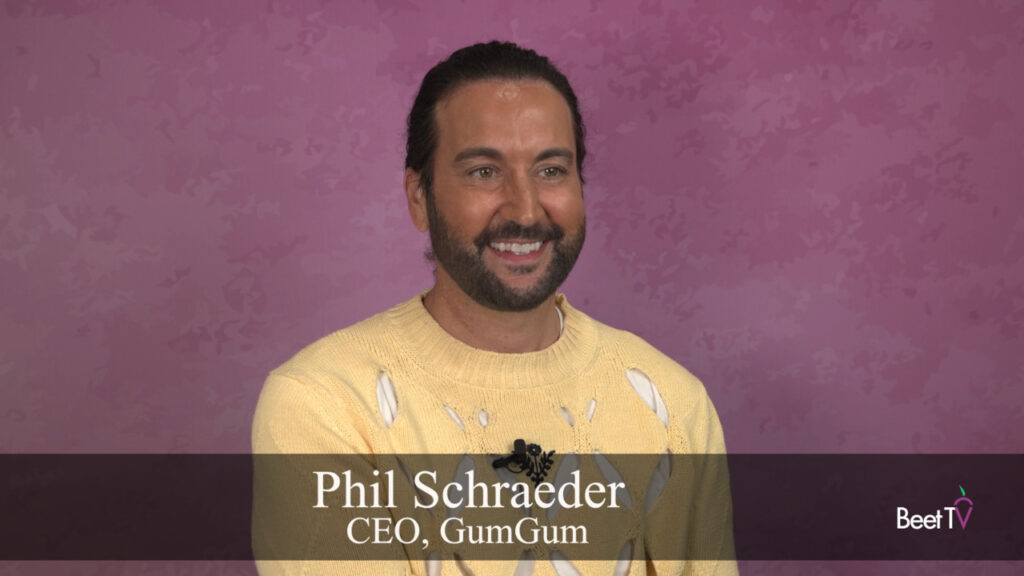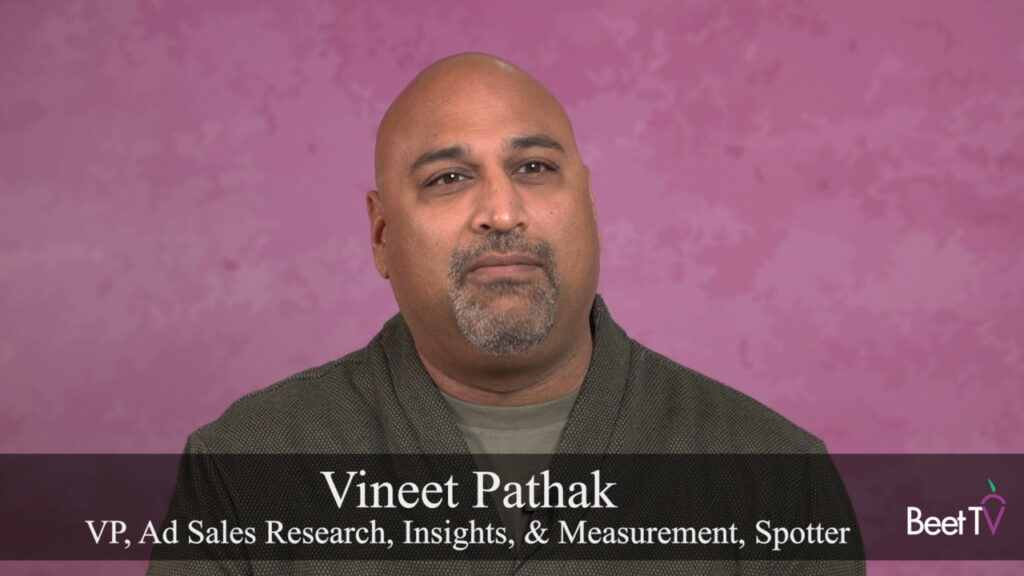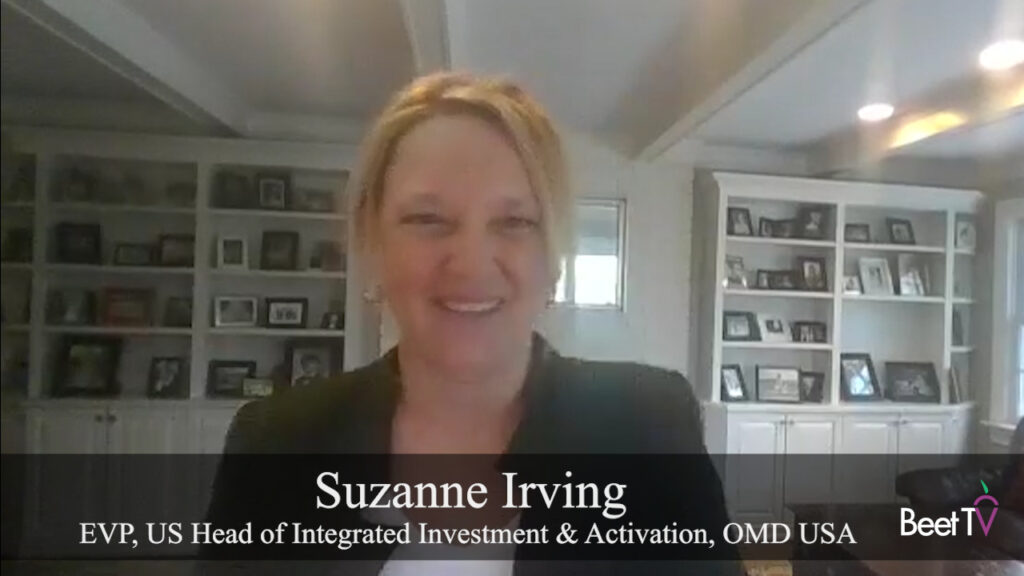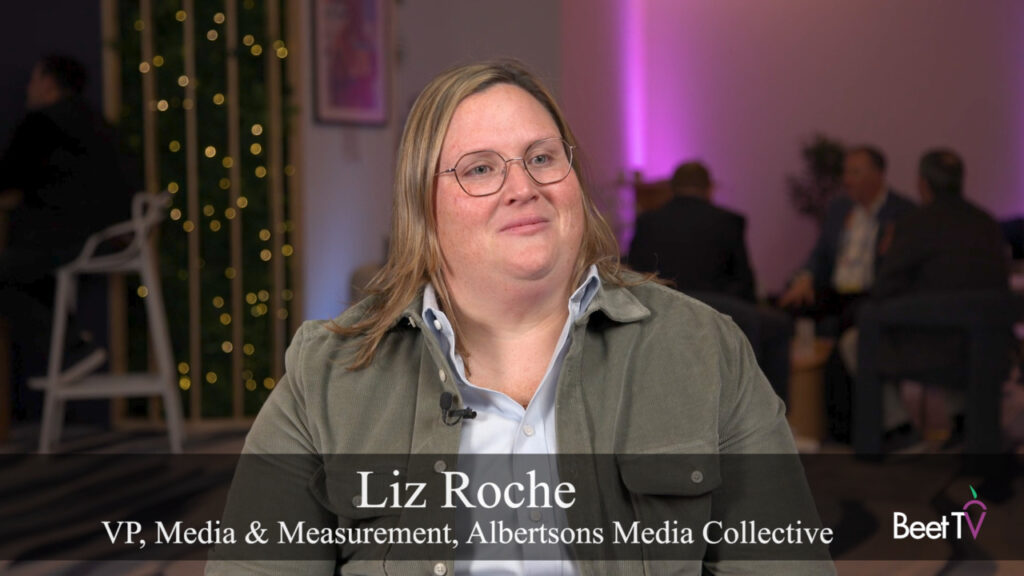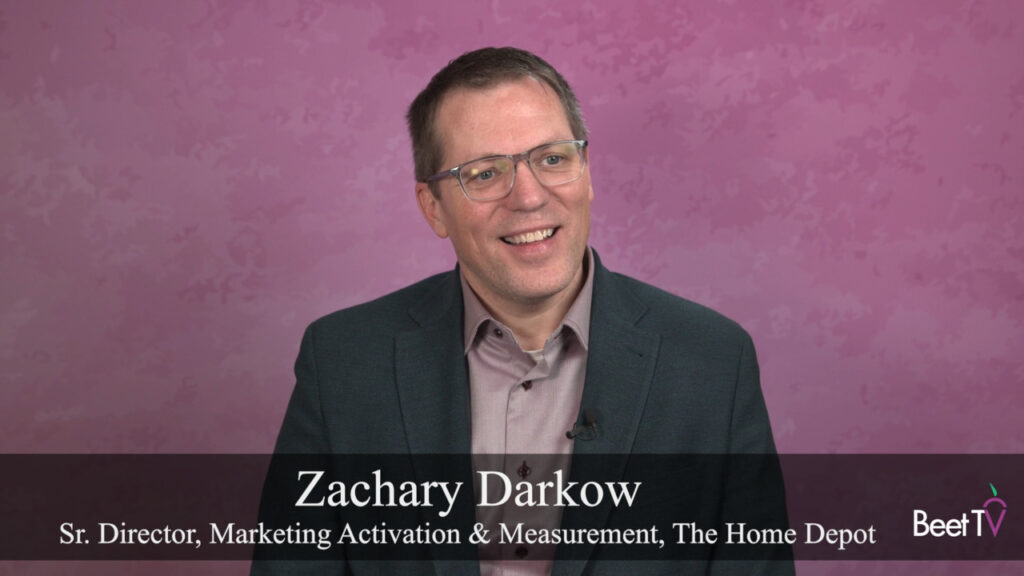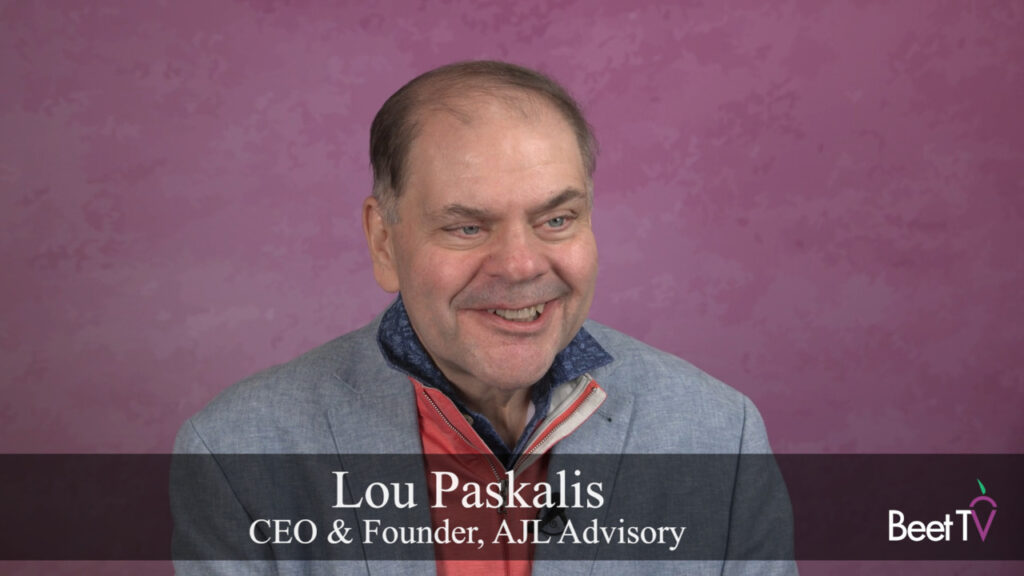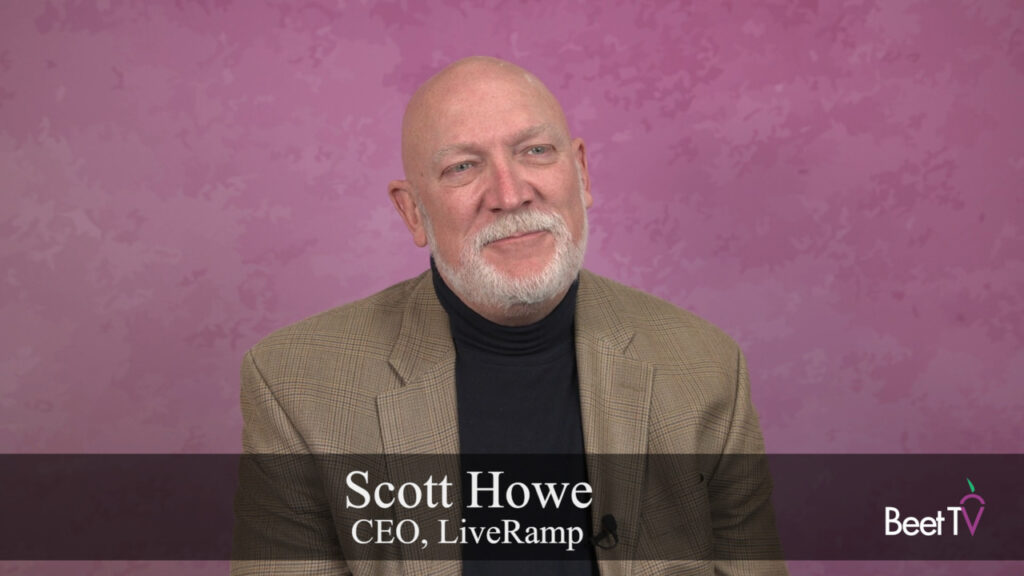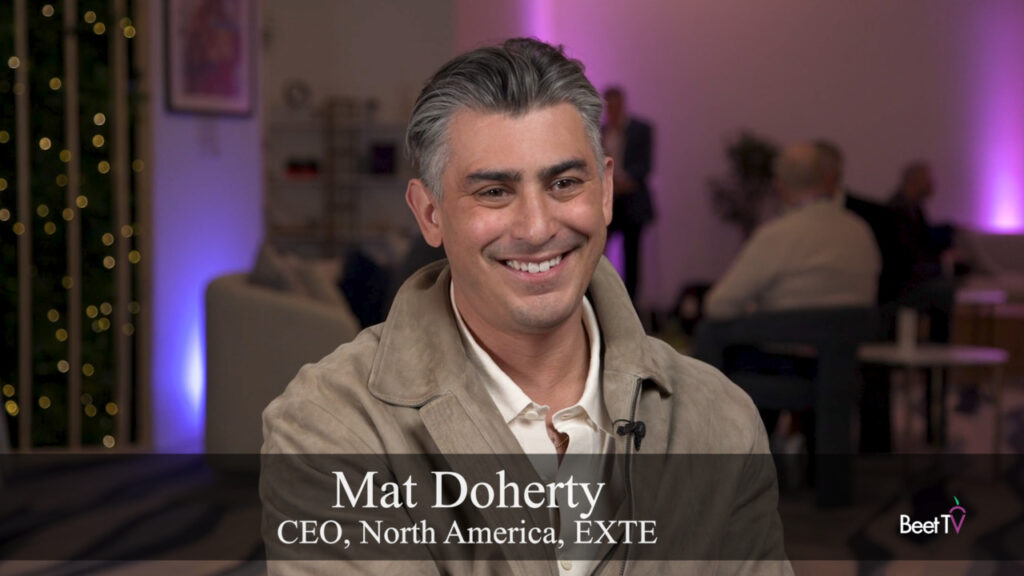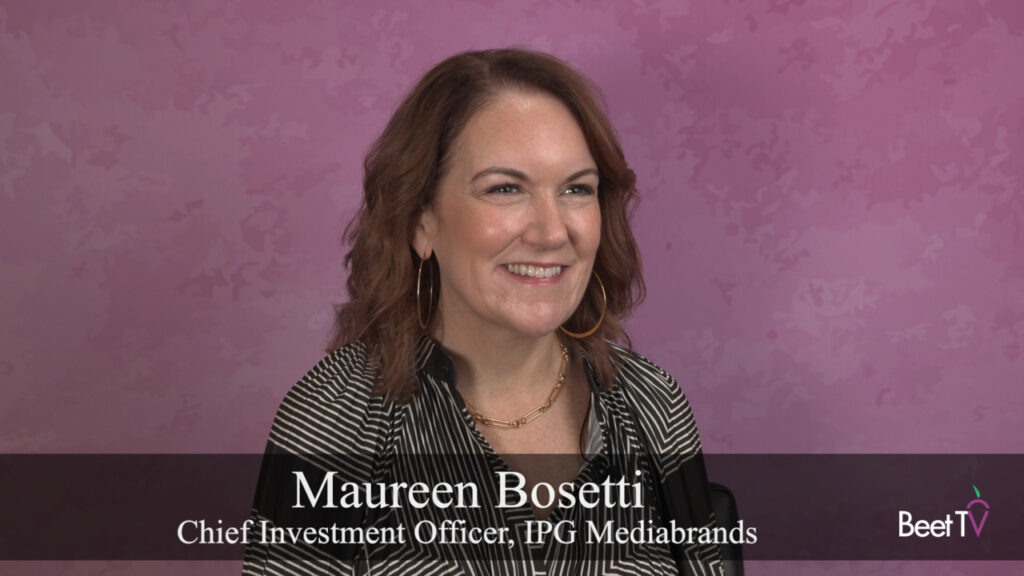Local TV broadcasters are eyeing replacing the method through which they have made money for decades – but they have so much to gain, says an executive urging them to do just that.
Many broadcasters are contemplating a shift, from the historic method of measuring and selling TV eyeballs using rough “gross rating points” (GRPs) to selling on real viewership, by impression, in a manner more familiar to digital publishers.
In this video interview with Beet.TV, Will Offeman of WideOrbit, a software company helping broadcasters manage ad processes, explains why the shift will benefit them.
“Moving towards impressions sets a better playing field for local broadcasters,” he tells Janus Insights & Strategy’s Howard Shimmel for Beet.TV. “You’re going to see that reach is one of the core criteria for media spend. Everyone is looking towards targeted, customised audiences. It’s very, very hard to reach that in scale, (but) local broadcast has that capability and they are the perfect geo-fenced distribution.”
San Francisco-based WideOrbit offers a software platform that handles scheduling, billing, content management and invoicing for mostly local TV ads.
WideOrbit’s programmatic TV open marketplace lets ad buyers make automated, data-informed offers in more than 1,000 stations and networks.
The shift in local TV’s approach was underscored in September by news that NBC and Telemundo local TV stations will stop using traditional rating points to measure campaign effectiveness, moving instead to a cost-per-impression method.
Offeman says that will create several benefits for the companies.
“It allows them to do some things that they weren’t able to do before,” he explains. “They can actually enable pay-for-performance – they’re going to build based upon delivery and effectively wipe out the entire make-good process, which costs them roughly 1.4 times the cost to replace the pre-empted spot with that make-good.
“It also potentially lets them go into a liability stage, which is what the national cable nets do – they can provide what are called audience deficiency units until that liability is made up. That’s incredibly valuable because it allows them to rework the inventory as ratings ebb and flow, and they can utilise that even better.”
The interview took place at the at the TVB Forward conference in New York. It is part of a series of Beet.TV’s coverage of the conference. For more videos, please visit this page.













